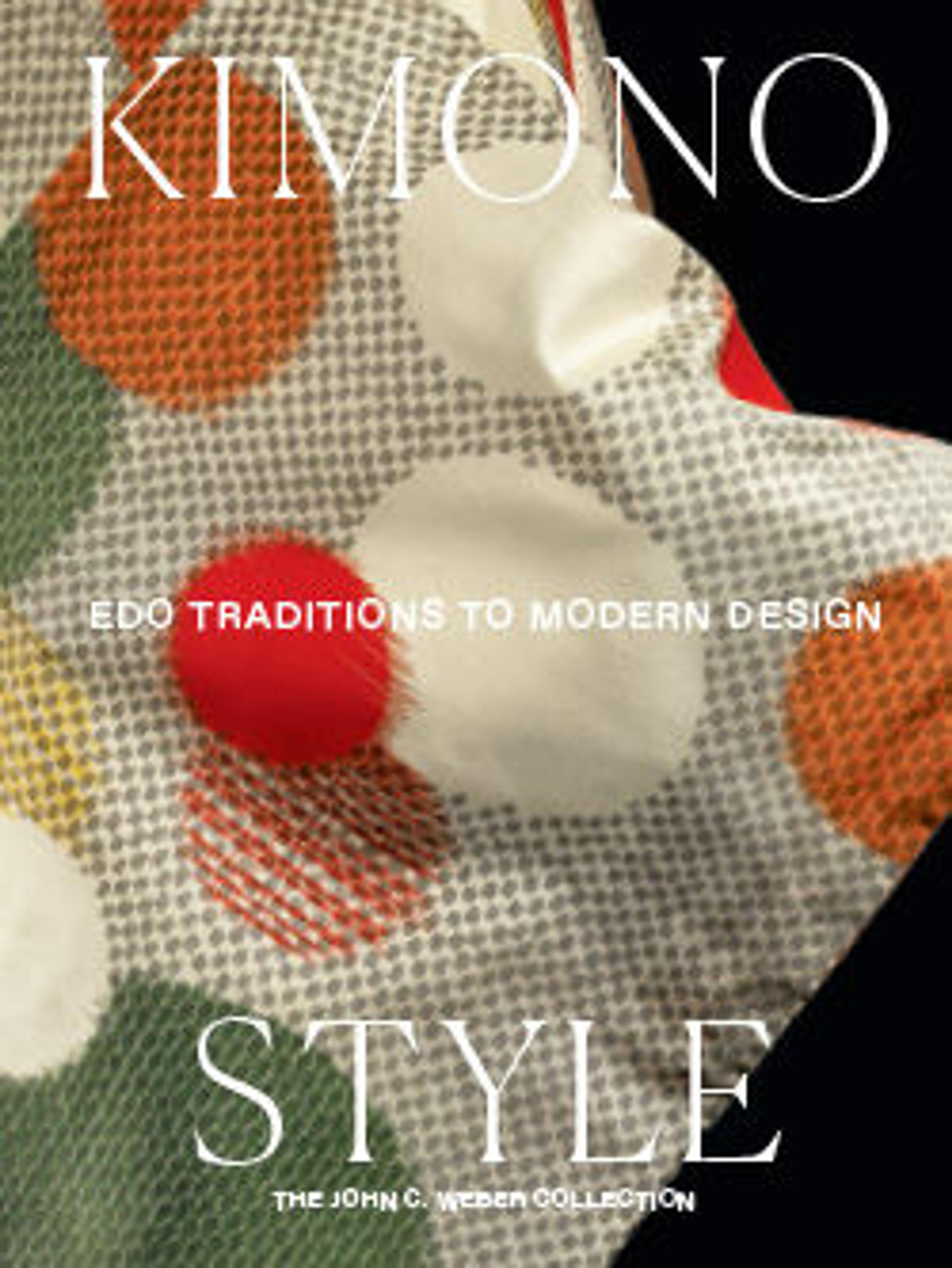Scenes in and around the Capital
The maplike composition of this pair of screens depicts festive scenes and iconic sites in and around Kyoto, among them bustling streets, temples, shrines, and canals set against a panoramic view of the river, surrounding hills, and suburbs. Screens of this type—encyclopedic visualizations that incorporate renowned scenic spots and monuments that served as settings for seasonal events—are also filled with images of townspeople whose customs, garments, mercantile and leisure activities, and modes of transportation are carefully documented. The majority of surviving Kyoto screens, like this pair, separate the city into east and west. On the right screen, the eastern half of the city and the summer Gion festival dominate the street activity, while the left screen shows Nijō Castle and the city’s western half.
Artwork Details
- 洛中洛外図屏風
- Title:Scenes in and around the Capital
- Period:Edo period (1615–1868)
- Date:17th century
- Culture:Japan
- Medium:Pair of six-panel folding screens; ink, color, gold, and gold leaf on paper
- Dimensions:Image (each): 61 7/16 in. × 11 ft. 6 11/16 in. (156.1 × 352.2 cm)
Overall (each): 66 15/16 in. × 12 ft. 3/16 in. (170 × 366.2 cm) - Classification:Paintings
- Credit Line:Mary Griggs Burke Collection, Gift of the Mary and Jackson Burke Foundation, 2015
- Object Number:2015.300.106.1, .2
- Curatorial Department: Asian Art
More Artwork
Research Resources
The Met provides unparalleled resources for research and welcomes an international community of students and scholars. The Met's Open Access API is where creators and researchers can connect to the The Met collection. Open Access data and public domain images are available for unrestricted commercial and noncommercial use without permission or fee.
To request images under copyright and other restrictions, please use this Image Request form.
Feedback
We continue to research and examine historical and cultural context for objects in The Met collection. If you have comments or questions about this object record, please contact us using the form below. The Museum looks forward to receiving your comments.
